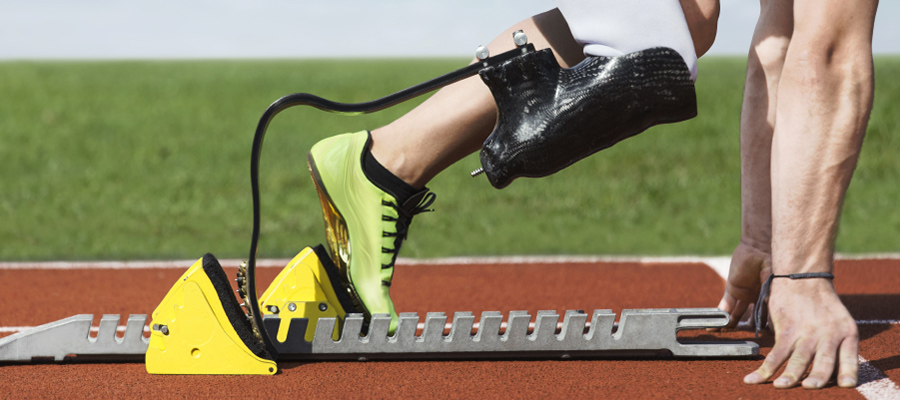People with missing limbs are often referred to as amputees. Many amputations are the result of trauma from automobile, machinery or explosive accidents.Certain diseases like diabetes, vascular or blood vessel diseases and tumors may require amputation. Complications from diabetes are among the main causes of acquired amputations, particularly in older people. Traumatic amputations occur in much younger, more active people than amputations due to disease.
A small portion of reported amputation is due to congenital malformation. In these cases, a child is born with an abnormally shortened, malformed limb or no limb at all. People with short or missing limbs can develop strategies for coping by using other limbs, such as writing or driving with the feet. Many also use prostheses or adaptive devices. Some terms you will see used to describe the location of an amputation are:
- unilateral (one arm or leg)
- bilateral (two arms or legs)
- double (one arm and one leg)
- multiple (more than two limbs)
Limb amputation affects men, women and children. People who have had amputations confront many challenges that can affect their ability to live healthy, independent lives. Health care personnel can help these people, their families and communities to understand the care needed after amputations, and the rehabilitation process that can reduce the disabilities. Good care, training, and properly fitted prosthesis can help amputees return to previous activities, household responsibilities, school and work.
